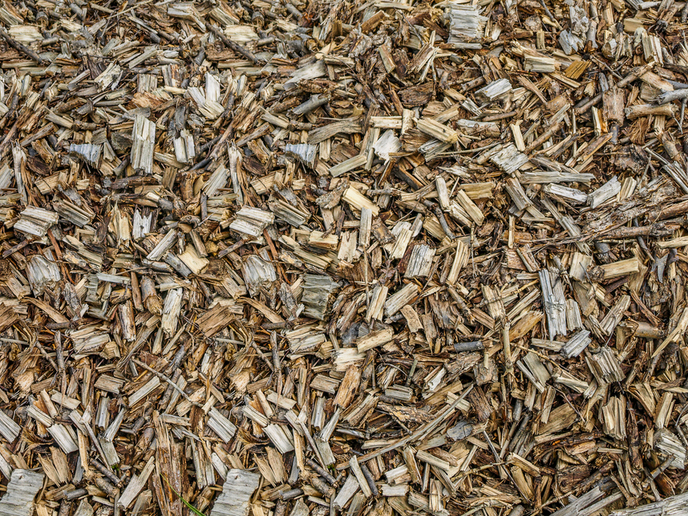Microscopic labyrinths for selective water purification
Scientists initiated the EU funded project 'Monolithic reactors structured at the nano and micro levels for catalytic water purification' (MONACAT) to develop state of the art catalytic water detoxification systems. Scientists set out to control structural designs of the macroscopic reactor and nano-scale catalysts. Their aim was to enhance detoxification performance by optimising the diffusion path and contact with catalytic sites. To achieve their goal, they employed monolith reactors containing channels in a honeycomb structure. They coated these with catalyst nanoparticles (NPs) based on carbon nanofibres (CNFs). A number of catalysts were developed and tested for ozonation of five micropollutants, namely an antibiotic, a pharmaceutical, two pesticides and an endocrine system disruptor. These pollutants are often present in rivers and industrial effluents. Catalytic ozonation not only removed the initial pollutant, but was effective in the removal of less toxic by-products of the ozonation process. Bromate, for instance, was reduced to harmless bromide. Project members also developed and tested catalysts for the reduction of nitrates. Reducing nitrates (often found in fertilisers) to nitrogen (N2) is complicated by the need to avoid the formation of ammonia (NH3) (also a pollutant). One of MONACAT's nitrate-reducing catalysts achieved record-breaking catalytic activity and N2 selectivity in a continuous mode open-flow reactor using natural water. Nanocarbon coatings were tested for industrial application, energy cost and adhesion of NPs simulating natural flow conditions. All tests were successful, supporting the suitability and safety of the composites for use in catalytic water treatment. MONACAT systems employ novel water purification technology that could provide industries with viable means of ensuring compliance with global environment safety regulations and keeping costs down. Ultimately, investing in optimisation and commercialisation of MONACAT systems could result in huge cost and energy savings.







